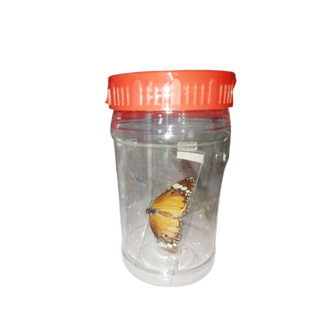Butterfly Specimens for Sale – A Collector’s Guide
Butterfly specimens for sale have long fascinated nature lovers with their delicate wings and vibrant colors. Preserved specimens allow enthusiasts, researchers, and educators to study their intricate beauty beyond their natural lifespan. Whether used for scientific research, educational displays, or decorative purposes, these specimens provide valuable insights into the world of entomology.
In this guide, we explore the significance of butterfly specimens, preservation techniques, and essential tips for purchasing high-quality specimens.
1. Understanding Butterfly Specimens
1.1 What Are Butterfly Specimens?
Butterfly specimens refer to butterflies that have been carefully preserved after completing their natural life cycle. Many of these specimens come from ethical sources, such as conservation farms and butterfly sanctuaries, ensuring that wild populations remain unharmed.
1.2 Why Do People Collect Butterfly Specimens?
The demand for butterfly specimens continues to grow due to their multiple uses:
- Scientific Research – Entomologists examine preserved specimens to understand species variations and evolutionary patterns.
- Educational Purposes – Schools and universities incorporate butterfly collections into biology and environmental science studies.
- Art and Décor – Many artists integrate these specimens into framed artwork, jewelry, and home decorations.
2. How Are Butterfly Specimens Preserved?
2.1 Common Preservation Methods
To maintain their natural beauty, butterflies undergo meticulous preservation techniques. The most widely used methods include:
- Drying and Mounting – Experts carefully spread and dry the wings to retain their original shape and color.
- Encapsulation in Resin – Some butterflies are sealed in clear resin to enhance durability while maintaining their striking appearance.
- Framing for Display – Many specimens are placed in shadow boxes or glass enclosures to protect them from dust and damage.
2.2 Importance of Proper Preservation
If butterfly specimens are not preserved correctly, they can deteriorate over time. Factors such as light exposure, humidity, and improper handling may cause fading or structural damage. Fortunately, proper techniques ensure long-term durability and aesthetic appeal.
3. Where to Find Butterfly Specimens for Sale
3.1 Trusted Online Retailers
Several online platforms specialize in ethically sourced butterfly specimens. These stores provide detailed information about species, origins, and preservation methods, making it easier to find high-quality specimens.
3.2 Local Entomology Shops
For those who prefer an in-person experience, visiting an entomology shop or museum gift store offers the advantage of closely examining specimens before purchasing. Additionally, expert guidance is often available to help buyers make informed choices.
3.3 Key Factors to Consider Before Buying
Purchasing a butterfly specimen requires careful consideration. To ensure the best quality, keep these factors in mind:
4. Caring for Your Butterfly Specimens
4.1 Essential Maintenance Tips
Proper care extends the lifespan of butterfly specimens. Here’s how to keep them in pristine condition:
- Avoid Direct Sunlight – Excessive UV exposure can cause fading.
- Store in a Low-Humidity Environment – Moisture can lead to deterioration or mold growth.
- Use Protective Casings – Acrylic or glass enclosures safeguard specimens from dust and accidental damage.
4.2 Cleaning and Restoration
Over time, dust may accumulate on butterfly specimens. Using a soft brush or compressed air removes debris without harming delicate wings. If a specimen suffers damage, professional restoration services may be available to repair and preserve its beauty.
5. The Art and Science of Butterfly Collecting
5.1 Scientific Significance
Researchers and conservationists rely on preserved specimens to study biodiversity, climate change effects, and migration patterns. Many museums and universities maintain extensive butterfly collections to support scientific advancements.
5.2 Artistic and Decorative Uses
Butterfly specimens are widely used in artistic projects. Whether displayed in shadow boxes, incorporated into jewelry, or featured in mixed-media artwork, these specimens add a natural and elegant touch to creative designs.
6. Conclusion
Collecting butterfly specimens offers a unique way to appreciate nature’s artistry while supporting scientific and educational endeavors. When sourced ethically and preserved correctly, these specimens remain valuable for years to come.
For those looking to start or expand their collection, researching reputable sellers and learning proper care techniques will ensure a rewarding experience. Explore available options today and bring the beauty of preserved butterflies into your space!


